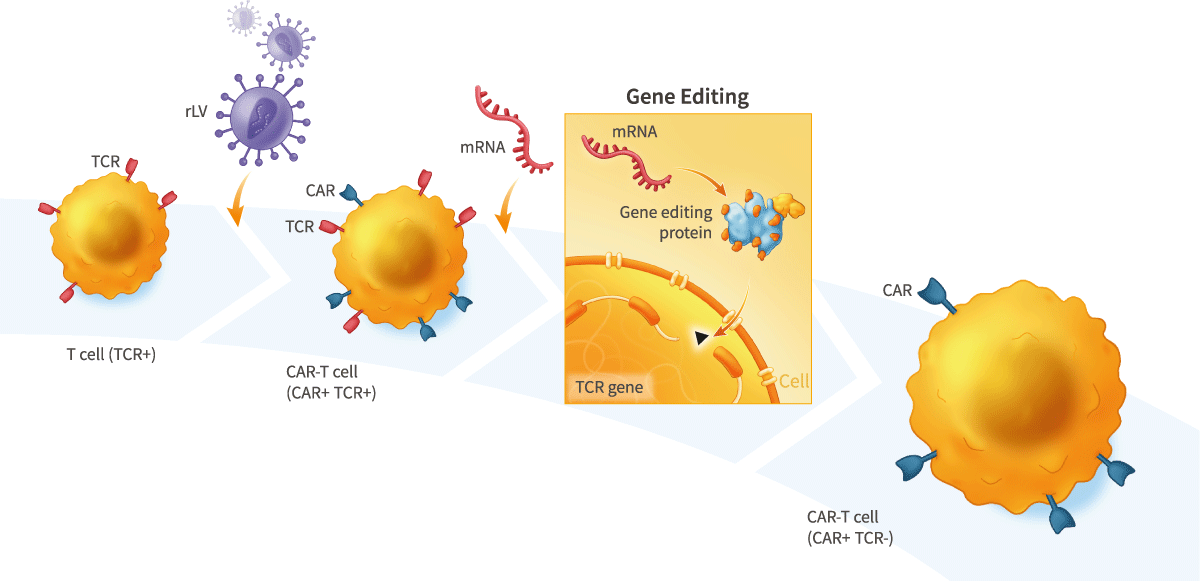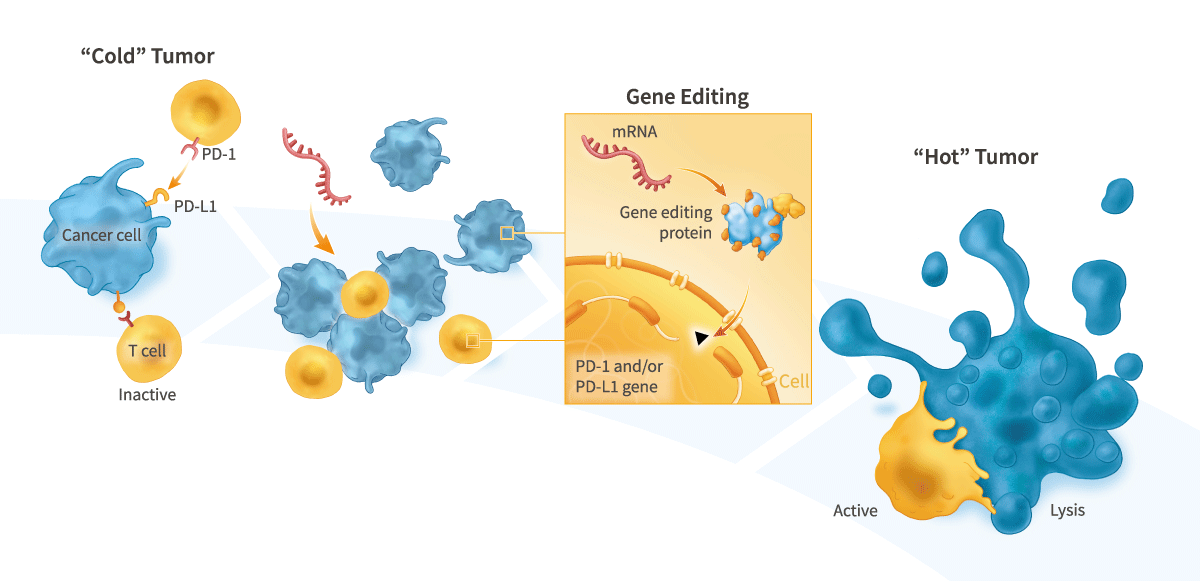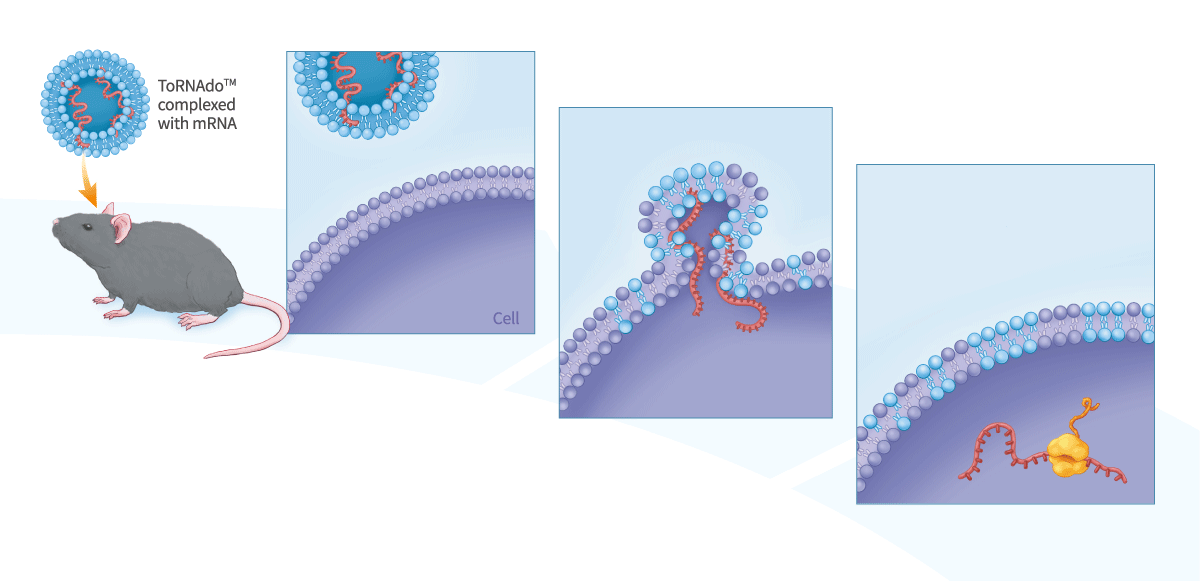Our Technologies
Download our Technology CatalogGene Editing & Cell Reprogramming

Our gene-editing technologies enable the precise deletion, insertion, and repair of DNA sequences in living cells, while our cell-reprogramming technologies enable the generation of clonal lines of pluripotent stem cells that can be expanded and differentiated into any desired cell type for the development of regenerative cell therapies.
Disease-Focused Technologies

Our disease-focused technologies can be used to create treatments for cancer, genetic, infectious, and degenerative diseases.
Nucleic-Acid Delivery

Our nucleic-acid delivery technologies enable efficient ex vivo delivery of mRNA encoding gene-editing proteins and reprogramming factors, including to primary cells, insertion of exogenous sequences into genomic safe-harbor loci, and efficient in vivo delivery of mRNA to the brain, eye, skin, and lung.
